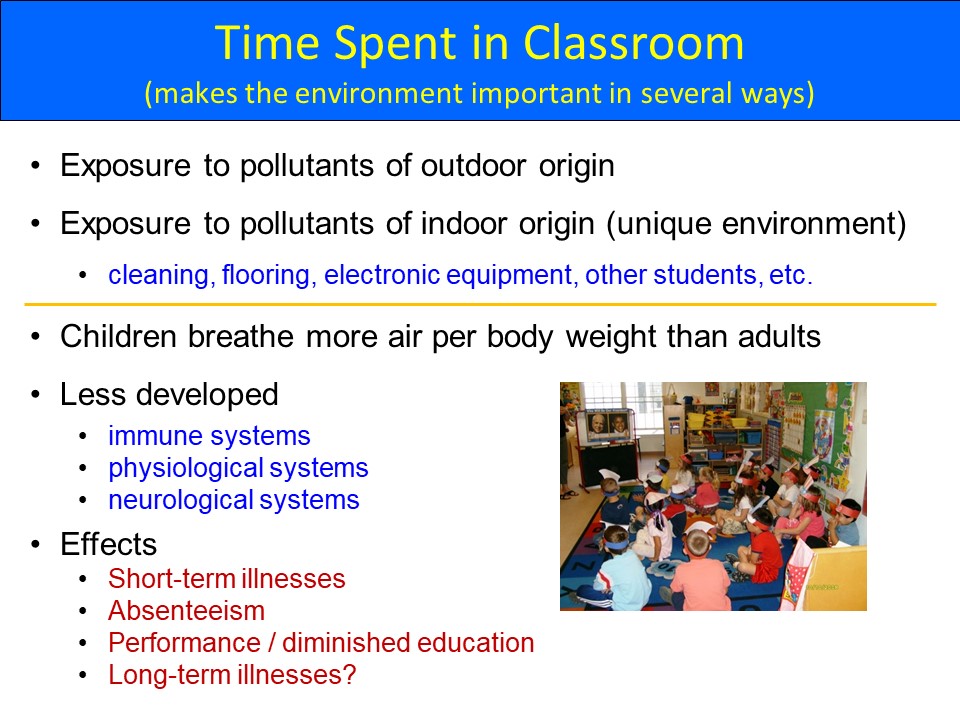
1/ Reducing respiratory aerosol particle concentrations in dorm rooms.
I have heard from parents who have children returning to dorms at universities across North America. The #corsirosenthalbox can help with these situations a lot! Really a lot, folks. read on.
I have heard from parents who have children returning to dorms at universities across North America. The #corsirosenthalbox can help with these situations a lot! Really a lot, folks. read on.
2/ 8 hours unmasked while sleeping each night w/ 2 or 3/room should be a concern regarding infection, not to mention being poorly-masked while studying with others in the room.
3/ Increasing ventilation will help to reduce respiratory aerosol particle concentrations to the extent it is possible, but will be limited by system constraints or inoperable windows.
4/ Quick calculation --- The corsi-rosenthal box (well sealed and on top fan speed with four parallel MERV-13 filters) can yield clean air delivery rates across a spectrum of relevant particle sizes of 600 to 800 cfm. So what does that mean in a dorm room?
5/ When applied to a 200 square foot dorm room w/ a 9 ft ceiling, the corsi-rosenthal box yields a respiratory aerosol reduction equivalent to 20 to 27 air changes per hour, much more than commercial airliners or isolation rooms in hospitals. So, what's the cost?
6/ There is a time cost. A student wishing to make one would need to read instructions. See, for example, cleanaircrew.org/box-fan-filter…. The time to build varies by individual. It usually takes me 60 to 75 minutes for proper sealing. Others claim less time. Dollars?
7/ The materials needed to build a good air cleaner will run about $80-85 (US). However, it is easy to get bulk discounts on filters if groups of students purchase together. In that case the cost can be less than $60/unit.
8/ So, think about this - about $60,000 for 1,000 dorm rooms for equivalent of 20+ ACH. $300,000 for 5,000 dorm rooms, etc. And likely to remain effective for 6+ mos.
Rocket science? Nope. A little #citizenengineering, folks, & signif' infection reduction when masks not worn.
Rocket science? Nope. A little #citizenengineering, folks, & signif' infection reduction when masks not worn.
• • •
Missing some Tweet in this thread? You can try to
force a refresh







